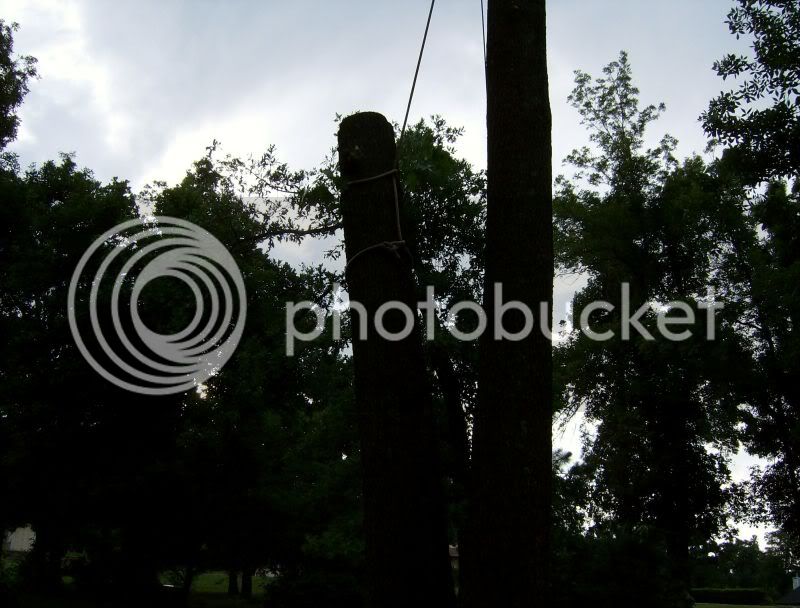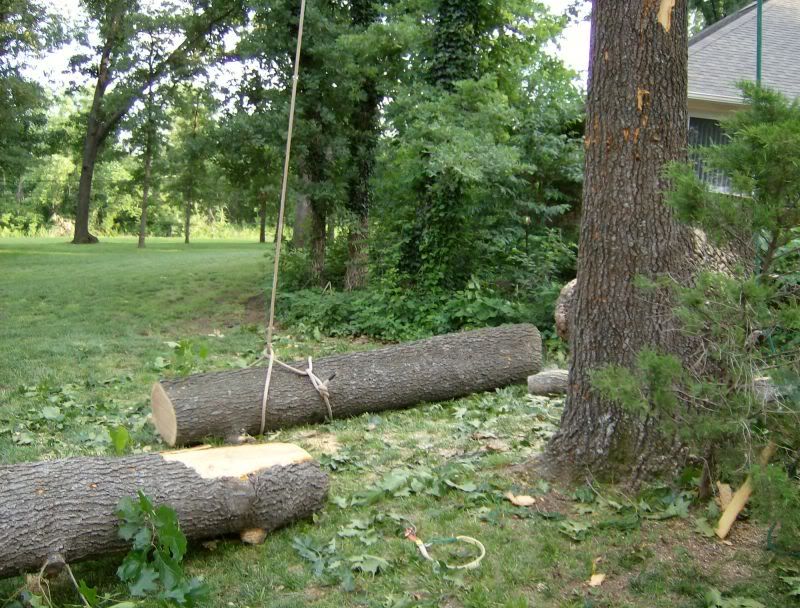tree md
Addicted to ArboristSite
Any of you use a biner or a snap on your lowering line?
I remember a debate on here about this topic a few years back but I thought it would be fun to kick the topic around again.
I have recently tied a double locking snap onto one of my older climb/tag lines for the big trees I have been doing lately. I have been using it as a lanyard as I can pull as much line as I need to get around the spar. I just left the snap on there and had my guys send it up to me for a tag line. He loved it. Said he much preferred it over a tied knot as it was easier for him to take it off of the log. He asked me why we don't do the same on the lowering line. I told him because I don't trust it on a lowering line.
I have been doing it forever with a knot and just can't bring myself to use a snap or biner for lowering operations. I have seen others do it that way and I'm sure it's faster but I have always stuck with a running bowline. Sure, on a tag line OK... But not when I've got big weight on the line.
Thoughts/comments?
I remember a debate on here about this topic a few years back but I thought it would be fun to kick the topic around again.
I have recently tied a double locking snap onto one of my older climb/tag lines for the big trees I have been doing lately. I have been using it as a lanyard as I can pull as much line as I need to get around the spar. I just left the snap on there and had my guys send it up to me for a tag line. He loved it. Said he much preferred it over a tied knot as it was easier for him to take it off of the log. He asked me why we don't do the same on the lowering line. I told him because I don't trust it on a lowering line.
I have been doing it forever with a knot and just can't bring myself to use a snap or biner for lowering operations. I have seen others do it that way and I'm sure it's faster but I have always stuck with a running bowline. Sure, on a tag line OK... But not when I've got big weight on the line.
Thoughts/comments?
Last edited:


























































